KIT724 Assignment3 Report
Assignment3 Report
Yi Wang
546705
1. Introduction / Overview
“A new way of teaching—AR brings abstract to real”.2. Description of the application
2.1. What the application does
This AR application overlays 3D models onto real-world views via a device's camera triggered by markers in textbooks or classroom materials. It turns the abstract planetary system into an interactive form, allowing students to grasp and engage with complex physics concepts, heightening their interest in the subject. Combining technology and experience introduces new affordances in education, such as visualising abstract concepts and encouraging students’ engagement and collaboration.
2.2. Interface problem
In today's educational environment, sustaining student engagement in subjects like physics, which rely on abstract notions and intricate calculations, presents a formidable challenge. High school students, especially, struggle to grasp elusive concepts that aren't tangible or directly interactive (Mayer, 2005). This AR application is designed specifically for these students. It transforms theoretical astrophysics concepts into interactive 3D visualisations, allowing students to tangibly engage with and understand principles such as astronomical units and gravitational fields. This interactive approach not only aids in comprehension but also ensures that learning physics becomes an immersive and enjoyable experience.
3. Significance of Interface Solution
The requirements of this application are defined into three aspects based on the interface problem defined in the previous section:
Type | Requirements |
Software Application | Image Recognition: The software should be able to identify and process the image target from the textbook swiftly and accurately. This ensures that correct 3D models are presented in response to the corresponding image. 3D Rendering: Post-recognition, the software should be able to render a detailed, interactable 3D model over the identified image target, bringing the abstract concept to life. |
Hardware Application | Electronic Devices with Camera: A device, preferably a smartphone, equipped with a high-resolution camera to capture the image targets from the textbook and relay them to the software for processing. |
User Experience | Engaging Content: The software should transform traditional study materials into a captivating format. By doing so, it caters to high school students' preference for dynamic and interactive learning tools. Interactive Learning Environment: The application should foster a learning environment where students interact with the material and collaborate with peers, facilitating group study sessions and discussions. |
After establishing the high school education context and application requirements, AR is the superior choice compared to VR. First, AR is better at enhancing instead of replacing traditional educational tools, such as textbooks. According to Radu (2014), AR provides a flexible and dynamic learning environment that augments the learners' perception and interaction with the real world. Unlike other immersive technologies, AR does not isolate students from their surroundings but enriches them (Billinghurst & Duenser, 2012). This promotes a grounded understanding, allowing students to visually experience abstract concepts directly from their textbooks, bridging the gap between theory and visualisation (Wu et al., 2013).
Moreover, the low barrier to entry for AR makes it more accessible in high schools, especially for wide-scale adoption. With the proliferation of mobile devices in recent years, many high school students already possess the necessary hardware to access AR applications, making this technology scalable and cost-effective (Azuma, 1997). Thus, AR’s capabilities align perfectly with the requirements of the educational scenario, enhancing learning while seamlessly integrating with the traditional classroom setup.
4. Interaction Design
4.1. Interaction Description
The AR application features three key interactions to aid the learning process. Firstly, each celestial body has buttons underneath the image target to toggle the gravitational field visualisation. In addition, the distance between the Sun and the Earth is represented in Astronomical Units, making this abstract concept more tangible for students to understand. Lastly, when those objects come within one AU, resembling the distance between the Earth and the Sun, the Earth will start to orbit the Sun. This will promote active student engagement.
4.2. Storyboard Design
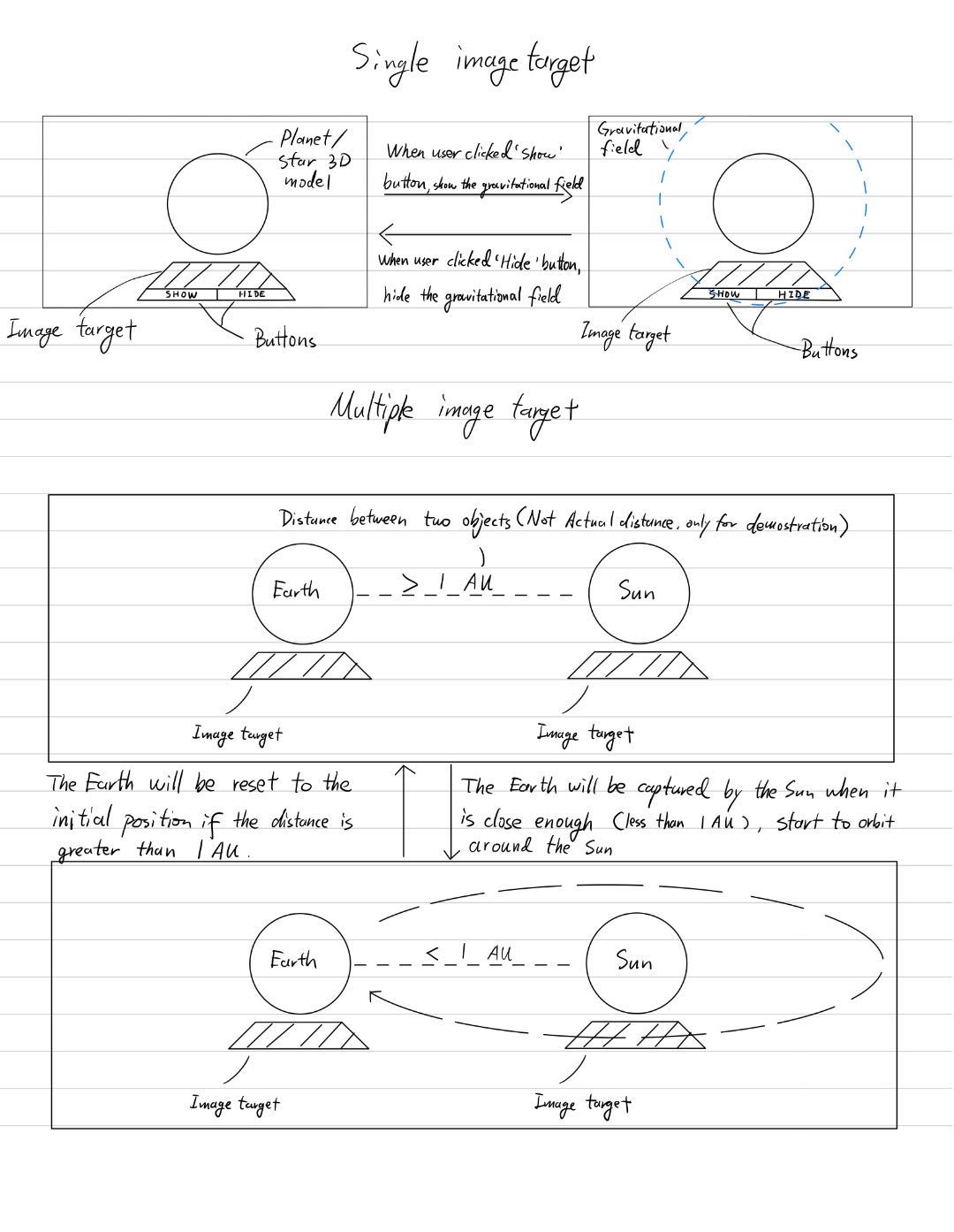
5. Technical Development
5.1. Interface technology used
- Vuforia Engine
- AR Camera
- Image Target
- Text Mesh Pro
- Unity UI
5.2. Interaction engagement
Action Description | Image |
The user presses the ‘Hide’ and ‘Show’ buttons to toggle the gravitational field. |
|
The distance between images is shown in AU (Astronomical Unit) when the user places both images on the screen. |
|
When the user places the images within a critical distance (1 AU), the Earth model starts to orbit around the Sun model. |
|
6. Descriptions of 3D Models
Name | Description | Image |
Sun Prefab - Mobile | The Sun 3D model |
|
EarthHigh | The Earth 3D model |
|
GO orange dark | The gravitational field visualisation for the Sun |
|
GO darkness | The gravitational field visualisation for the Earth |
|
References
Mayer, R. E. (2005). Cognitive theory of multimedia learning. The Cambridge handbook of multimedia learning, 31, 41.
Radu, I. (2014). Augmented reality in education: a meta-review and cross-media analysis. Personal and Ubiquitous Computing, 18(6), 1533-1543.
Billinghurst, M., & Duenser, A. (2012). Augmented reality in the classroom. Computer, 45(7), 56-63.
Wu, H. K., Lee, S. W. Y., Chang, H. Y., & Liang, J. C. (2013). Current status, opportunities and challenges of augmented reality in education. Computers & Education, 62, 41-49.
Azuma, R. T. (1997). A survey of augmented reality. Presence: Teleoperators & Virtual Environments, 6(4), 355-385.
Unity 3D model packages:
- Glowing orbs Vol 1: https://assetstore.unity.com/packages/vfx/particles/spells/glowing-orbs-pack-876... (By Hovl Studio)
- GO orange dark: Assets/Hovl Studio/Glowing orbs Vol 1/Prefabs/ GO orange dark
- GO darkness: Assets/Hovl Studio/Glowing orbs Vol 1/Prefabs/ GO darkness
- Planet Earth Free: https://assetstore.unity.com/packages/3d/environments/sci-fi/planet-earth-free-2... (By headwards)
- EarthHigh: Assets/Planet Earth Free/Prefabs/EarthHigh
- Sun: https://assetstore.unity.com/packages/3d/environments/sci-fi/sun-2990 (By Unluck Software)
- SunPrefab – Mobile: Assets/Sun/Prefabs/SunPrefab – Mobile
ChatGPT:
- Conversation Link: https://chat.openai.com/share/f704d75f-6183-4b34-b5e5-07f2056b5f49
- Assets/OnImageCollisionHandler.cs (Line 36)
- Assets/VisibilityController (Line 12, Line 18)
Files
Get KIT724 Assignment3
KIT724 Assignment3
AR Project for enhancing class efficiency
| Status | Prototype |
| Author | daviduang |
| Genre | Educational |
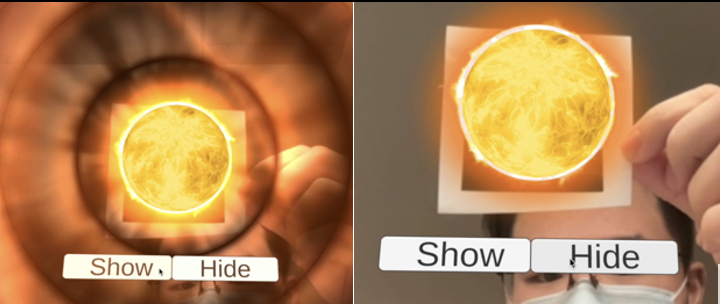
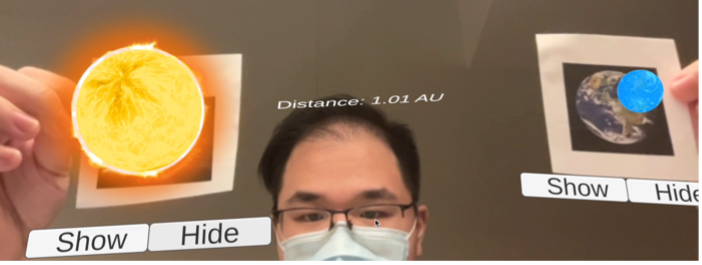
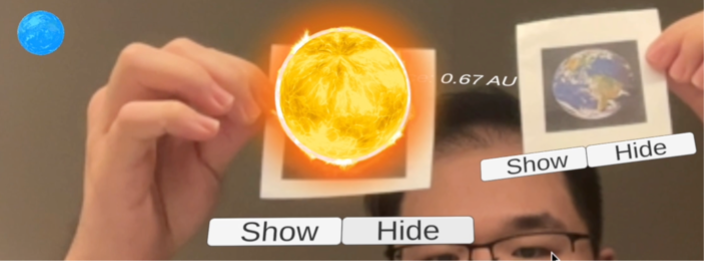
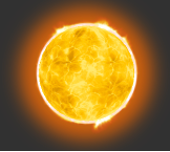
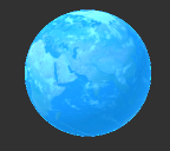

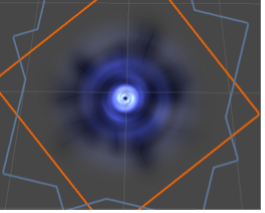
Leave a comment
Log in with itch.io to leave a comment.